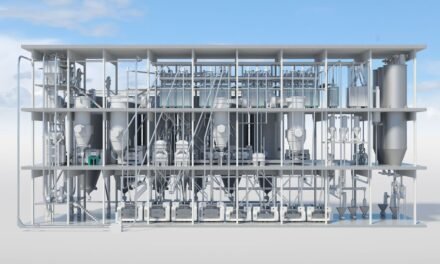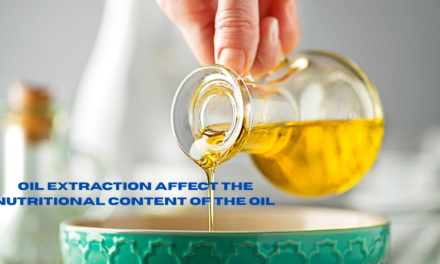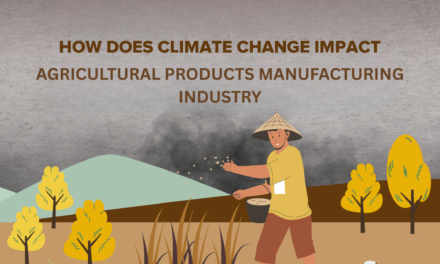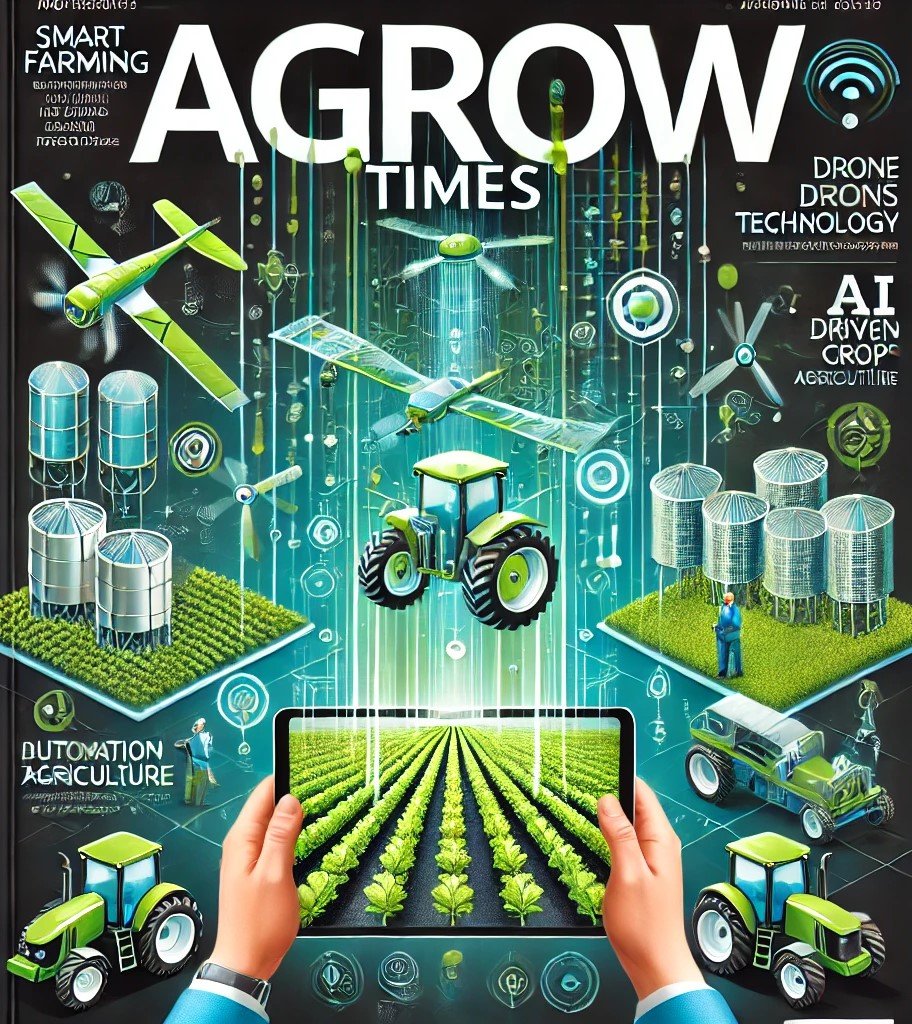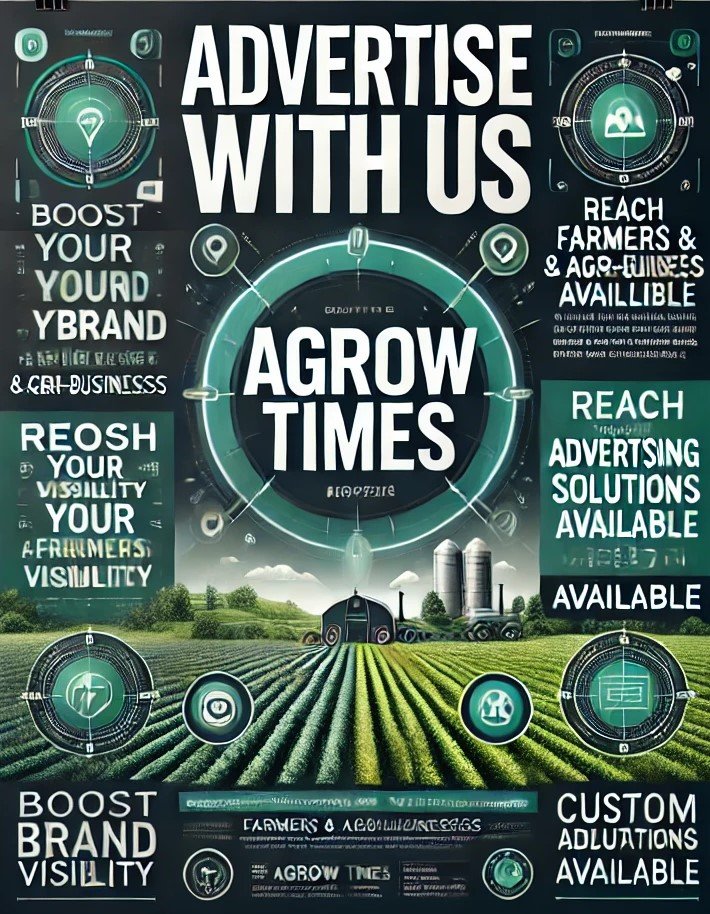The differences between manual and automated harvesters primarily lie in their operational methods, efficiency, costs, labor requirements, and impact on crop quality. Each approach has distinct advantages and disadvantages, making them suitable for different types of crops, farming scales, and economic conditions.
Here’s a detailed comparison:
1. Labor Requirements
- Manual Harvesters:
- Require human labor to pick, cut, or collect crops.
- Suitable for crops that need gentle handling or selective harvesting, such as vegetables, fruits, and flowers.
- Labor-intensive and dependent on the availability of skilled workers.
- Automated Harvesters:
- Use machines to harvest crops, reducing or eliminating the need for human labor.
- Operate continuously without breaks, requiring minimal supervision.
- Best for large-scale operations and crops that can withstand mechanical handling, like grains and root vegetables.
2. Speed and Efficiency
- Manual Harvesters:
- Slower process, as workers must inspect and harvest crops by hand.
- Efficiency depends on the size of the workforce and their productivity.
- Ideal for small-scale farms or operations requiring precise harvesting.
- Automated Harvesters:
- Faster and more efficient, capable of harvesting large areas in a short time.
- Productivity is consistent and not affected by fatigue.
- Can handle large-scale farming operations, reducing the overall harvest time.
3. Cost of Operation
- Manual Harvesters:
- Lower initial investment but higher recurring costs due to labor wages, training, and seasonal labor availability.
- Costs fluctuate with labor market conditions and regional wage policies.
- Automated Harvesters:
- High initial investment for purchasing machinery, with additional costs for maintenance and fuel or energy.
- Long-term cost efficiency as labor expenses are reduced or eliminated.
4. Suitability for Different Crops
- Manual Harvesters:
- Preferred for delicate or high-value crops that require careful handling, such as berries, lettuce, or tomatoes.
- Useful for selective harvesting, such as picking only ripe produce.
- Automated Harvesters:
- Best for crops that can tolerate mechanical handling, such as grains, potatoes, carrots, and other field crops.
- Limited precision, making them less suitable for fragile or unevenly ripened crops.
5. Impact on Crop Quality
- Manual Harvesters:
- Provide greater control over the quality of the harvest by allowing workers to sort and handle crops gently.
- Reduces the risk of damage to delicate produce, ensuring higher market value.
- Automated Harvesters:
- Can cause mechanical damage to sensitive crops, reducing their quality or marketability.
- Lack of precision may lead to harvesting unripe or overripe produce in some cases.
6. Scalability
- Manual Harvesters:
- Limited scalability due to the dependence on the availability of labor.
- Challenges in meeting the demands of large-scale operations or time-sensitive harvests.
- Automated Harvesters:
- Highly scalable for large farms, enabling consistent and timely harvesting of vast areas.
- Suitable for high-volume, industrial farming operations.
7. Environmental Impact
- Manual Harvesters:
- Minimal environmental impact, as they do not rely on fuel-powered machinery.
- Often more sustainable for small-scale or organic farming practices.
- Automated Harvesters:
- Can contribute to greenhouse gas emissions if powered by fossil fuels.
- Modern electric or hybrid models reduce environmental impact.
8. Initial Investment
- Manual Harvesters:
- Low upfront costs, making them accessible to small-scale or resource-constrained farmers.
- No need for expensive equipment or advanced technology.
- Automated Harvesters:
- High upfront costs for purchasing machinery and technology.
- Additional costs for training, spare parts, and infrastructure (e.g., storage or transport for large harvests).
9. Flexibility
- Manual Harvesters:
- Highly adaptable to different terrains, crop types, and harvesting methods.
- Suitable for irregularly shaped fields or diverse crop rotations.
- Automated Harvesters:
- Less flexible, as machines are often designed for specific crops or field conditions.
- Challenges in adapting to small or irregularly shaped fields.
10. Maintenance Requirements
- Manual Harvesters:
- Require minimal maintenance, with basic tools needing occasional sharpening or repair.
- Reliability depends on the physical condition and skill of workers.
- Automated Harvesters:
- Require regular maintenance, repairs, and fuel or energy inputs.
- Downtime for repairs can disrupt harvesting schedules.
11. Technological Advancements
- Manual Harvesters:
- Limited scope for technological integration.
- Improvements are typically in ergonomic tool design to reduce worker fatigue.
- Automated Harvesters:
- Increasingly equipped with advanced technologies, such as sensors, AI, GPS, and robotics.
- Precision agriculture techniques enable automated machines to selectively harvest based on ripeness or size.
12. Social and Economic Implications
- Manual Harvesters:
- Provide employment opportunities for local communities, particularly in rural areas.
- Vulnerable to labor shortages, increasing dependence on migrant or seasonal workers.
- Automated Harvesters:
- Reduce dependence on manual labor, addressing labor shortages in regions with limited workforce availability.
- May displace workers, raising concerns about employment and livelihood in labor-intensive farming communities.
13. Field Accessibility
- Manual Harvesters:
- Suitable for fields with uneven terrain, small plots, or areas inaccessible to large machinery.
- Automated Harvesters:
- Require well-prepared, uniform fields for optimal operation.
- Difficult to use in hilly or rocky areas without specialized machinery.
Conclusion
The choice between manual and automated harvesters depends on factors like crop type, farm size, budget, and labor availability. Manual harvesting is ideal for small-scale farms or delicate crops requiring precision and care. In contrast, automated harvesting is more suitable for large-scale operations that prioritize speed, efficiency, and cost-effectiveness. Farmers may also adopt hybrid systems, combining manual and automated techniques to balance productivity, quality, and cost.
Hashtags
#FarmingRevolution #DigitalAgriculture #AutomationAdvantage #EfficientHarvesting #TechnologyInFarming #SmartHarvesting #SustainableAgriculture #InnovativeFarming #EfficientMachinery #PrecisionHarvesting #AgroTech #FarmingEfficiency #ModernAgriculture #HarvestingSolutions #FarmingProgress #EfficientFarmingMethods #AgriculturalInnovation #FarmingTechnology #HarvestingEfficiency #SustainableHarvesting


